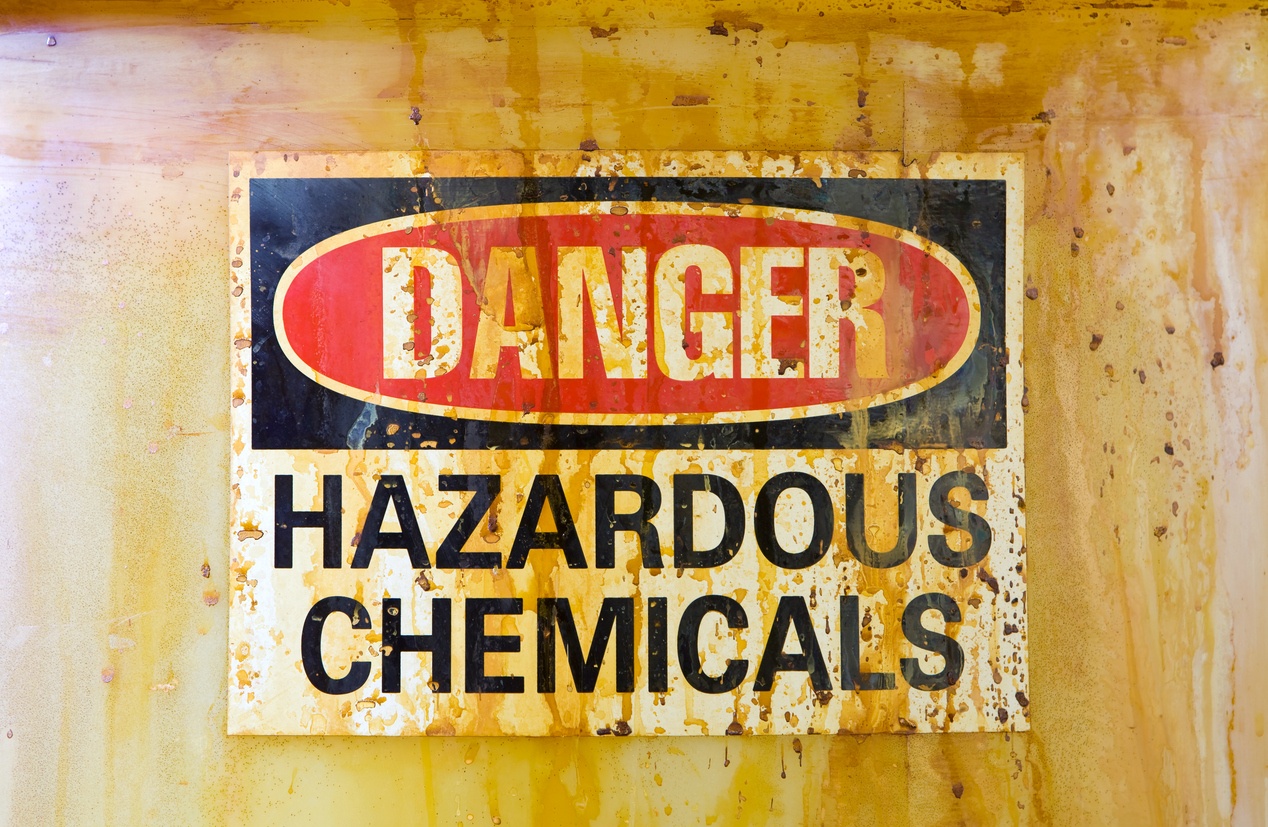As hazardous materials and wastes become more common, it is more important now than ever to understand what they are, what are the risks, and how to ship them.
Any company working with hazardous materials must understand the nature of these materials and how to safely ship them. There are complicated processes and potentially lethal risks involved – so it’s important to know your stuff.
What are Hazardous Materials?
A hazardous material, also known as a hazmat, is a substance is “capable of posing an unreasonable risk to health, safety, and property when transported in commerce and has been designated as hazardous under the federal hazardous materials transportation law” according to the Secretary of Transportation.
This definition includes hazardous wastes, substances, elevated temperature materials, and other materials determined as hazardous.
Some examples of hazmats are:
- Fireworks
- Gasoline (flammable or not)
- Explosives
- Dangerous when wet material
- Poisonous material
- Lithium batteries
- Dry ice
It’s important to note that not all hazmats are created equal. Some, like Class 9 commodities (think household items) don’t require the transport vehicle to be placarded for domestic transport.
Once you’ve defined if your goods are considered hazmats, it’s crucial to have a hazmat plan in place. This plan will help when adjusting to government regulations (think the Samsung Note 7 battery controversy) and limit risks and liability.
Shipping hazardous materials can be a risky task. Understand the risks:
Manufacturer/Shipper Risks
- Primary risks when transporting hazmats is the potential for personal injury and property damage due to mishandling
- Regulatory risks – potential civil penalties by the US DOT
- Individual state violations
- Potential other government agency penalties such as OSHA or EPA
- Potential for negative public opinion
Carrier Risks
· Compliance, Safety, Accountability (CSA) points are the biggest risk
Truck Owner-Operator & Driver Risks
- The same financial risks as shippers/carriers
- Potential for suspension
General Public Risks
- If near an accident involving the shipping of hazardous materials
- Environmental risks
- Potential health side effects for affected area
With all these potential risks when shipping hazmats, it’s important to find a qualified carrier who is aware of the regulations involved in shipping this material. At PLS, we mitigate this task for you and qualify carriers in house to ensure your hazmat shipment needs can be accommodated.
When evaluating carriers to work with, here are a few questions to keep in mind:
- Is this carrier registered and permitted to transport hazmat?
- Are they financially capable?
- Is the company properly insured?
- Do the employees have a solid understanding of which classes of hazmats they’re able to transport?
- Does the company have dedicated and experienced personnel?
Keeping these 5 things in mind when selecting a carrier can significantly reduce the potential risk and liability of your company.
Interested in learning more about hazmat shipping? Read these articles next: Hazardous Materials Transportation FAQs, 7 Facts about Hazardous Freight Shipping, Infographic: Fireworks and Hazardous Materials
Contact Us
FacebookTwitterShare

